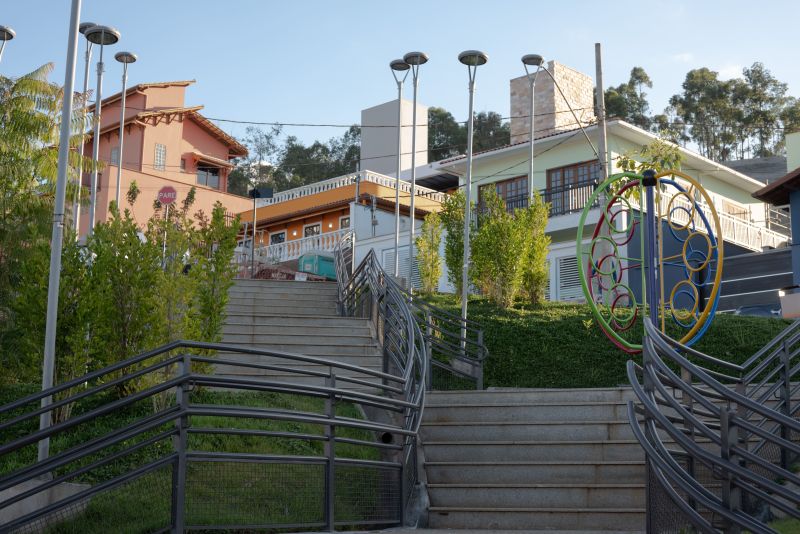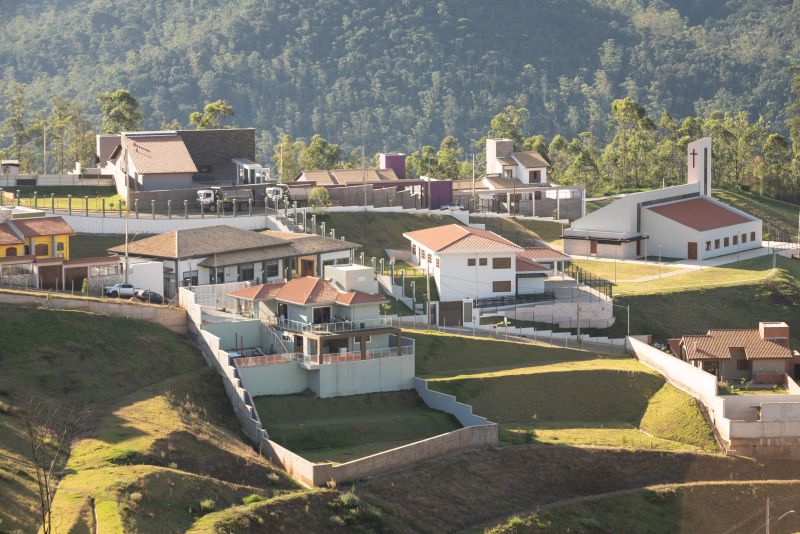The catastrophic spill from the Mariana Dam, which unleashed a torrent of toxic waste into the surrounding environment, has reverberated far beyond the immediate ecological devastation. Local schools, once pillars of stability and progress, now find themselves grappling with the aftermath of this disaster.
Students faced disruptions in their education, as classrooms became makeshift shelters and resources dwindled. Teachers, burdened by the weight of their communitys suffering, struggled to maintain a sense of normalcy amid chaos.
The psychological toll on students is staggering; anxiety and uncertainty linger in the air where hope once thrived. As we explore the profound impact of this tragedy on education, the intertwining threads of community resilience and systemic challenge emerge, painting a vivid picture of how calamity reshapes the landscape of learning itself.
Immediate Effects on School Infrastructure

The immediate effects of the Mariana Dam disaster on local school infrastructure were nothing short of catastrophic. In the wake of the disaster, classrooms that once buzzed with the energy of eager students now stood silent, their walls scarred by the floodwaters that rushed through.
Desks, books, and educational materials—once treasured tools for learning—were rendered useless, submerged under debris and sediment. Moreover, essential utilities like electricity and clean water were disrupted, forcing schools to close and leaving the community in a state of uncertainty.
Teachers, too, faced an uphill battle; some were displaced from their homes, while others grappled with the emotional toll of witnessing their students struggles. As a result, the very foundation of educational continuity was shaken, raising alarming questions about how to rebuild not just structures, but the sense of safety and normalcy that schools provide.
Psychosocial Effects on Students and Staff

The Mariana Dam disaster not only devastated the physical landscape but also instigated profound psychosocial effects on both students and staff within local schools. For students, the haunting memories of the catastrophe, coupled with ongoing concerns about safety and environmental stability, have engendered a pervasive climate of anxiety.
Many grapple with feelings of loss, elevating stress levels that affect their academic performance and social interactions. On the other hand, educators, caught in the crossfire of psychological turmoil, face daunting challenges as they try to provide support while managing their own emotional distress.
The need for trauma-informed teaching practices has surged, as teachers strive to create a nurturing space amidst the chaos. Relationships within the school community, once solid, are now strained; the ripple effects of trauma can lead to isolation, misunderstandings, and a lack of trust.
It’s a complex web of grief and resilience—a stark reminder that the consequences of environmental disasters extend far beyond immediate physical damage, reaching deep into the core of educational environments.
Government and NGO Responses

In the aftermath of the Mariana Dam disaster, both government and non-governmental organizations (NGOs) mobilized swiftly to address the educational fallout in affected areas. The Brazilian government initiated emergency funding to restore damaged school infrastructure, while local authorities worked diligently to ensure that displaced students could continue their education in temporary facilities.
NGOs played a pivotal role, providing psychological support to traumatized children and offering educational resources to help bridge gaps in learning caused by the catastrophe. These organizations established mobile classrooms, equipped with essential supplies, and engaged volunteers to assist in tutoring and counseling efforts.
As the community grappled with the long-term implications of the disaster, collaborative initiatives between governmental bodies and NGOs emerged, emphasizing resilience and innovation in rebuilding not just schools, but also the hope and spirit of the students they serve. The concerted efforts underscored a profound understanding that education is not merely a resource, but a lifeline for recovery and a beacon for future generations.
Conclusion
In conclusion, the Mariana Dam disaster has had profound and lasting impacts on local schools and education, disrupting not only the physical infrastructure but also the emotional and psychological well-being of students and teachers alike. The Barragem de Fundão failure serves as a stark reminder of the responsibilities that come with industrial development, emphasizing the need for stringent safety measures and effective emergency response plans. As communities grapple with the aftermath, it is crucial to prioritize educational restoration and support systems that address the trauma experienced by affected families.
By investing in resilient educational frameworks, we can help ensure that future generations are equipped to overcome such challenges and thrive in a safer, more secure environment.


